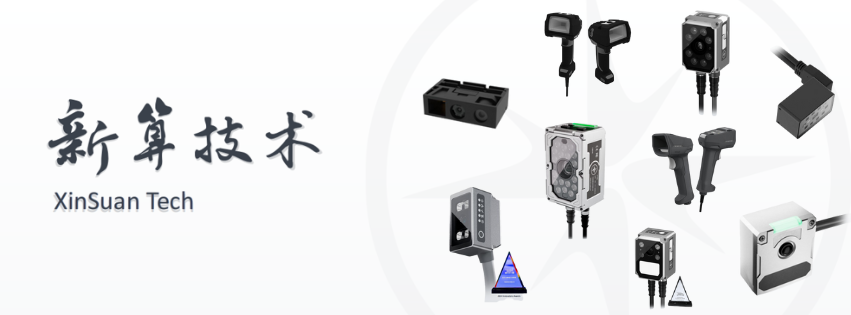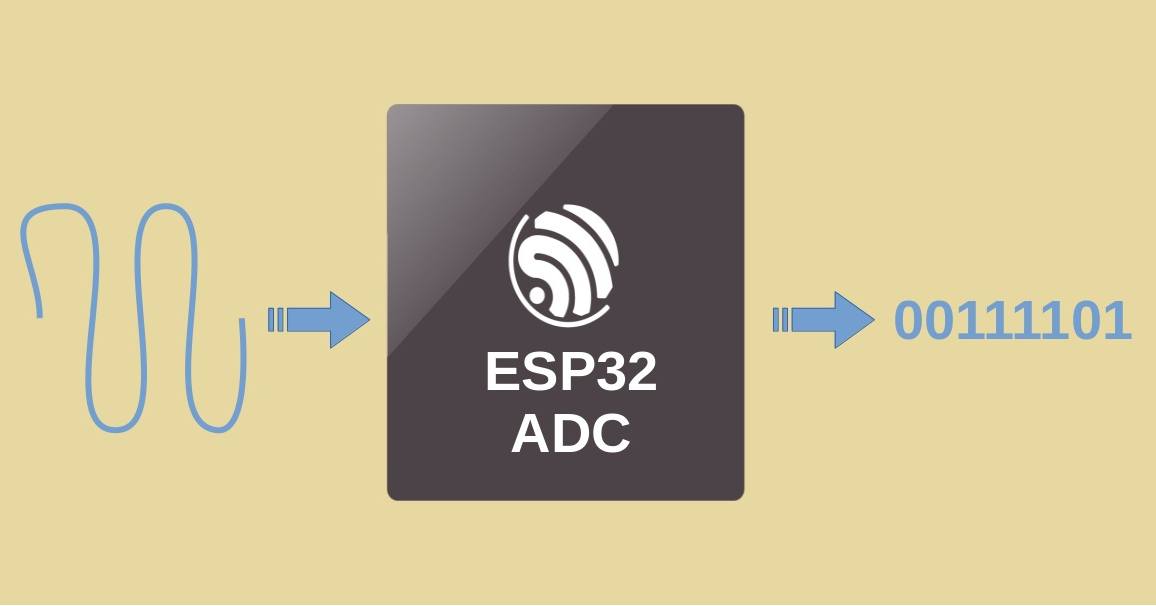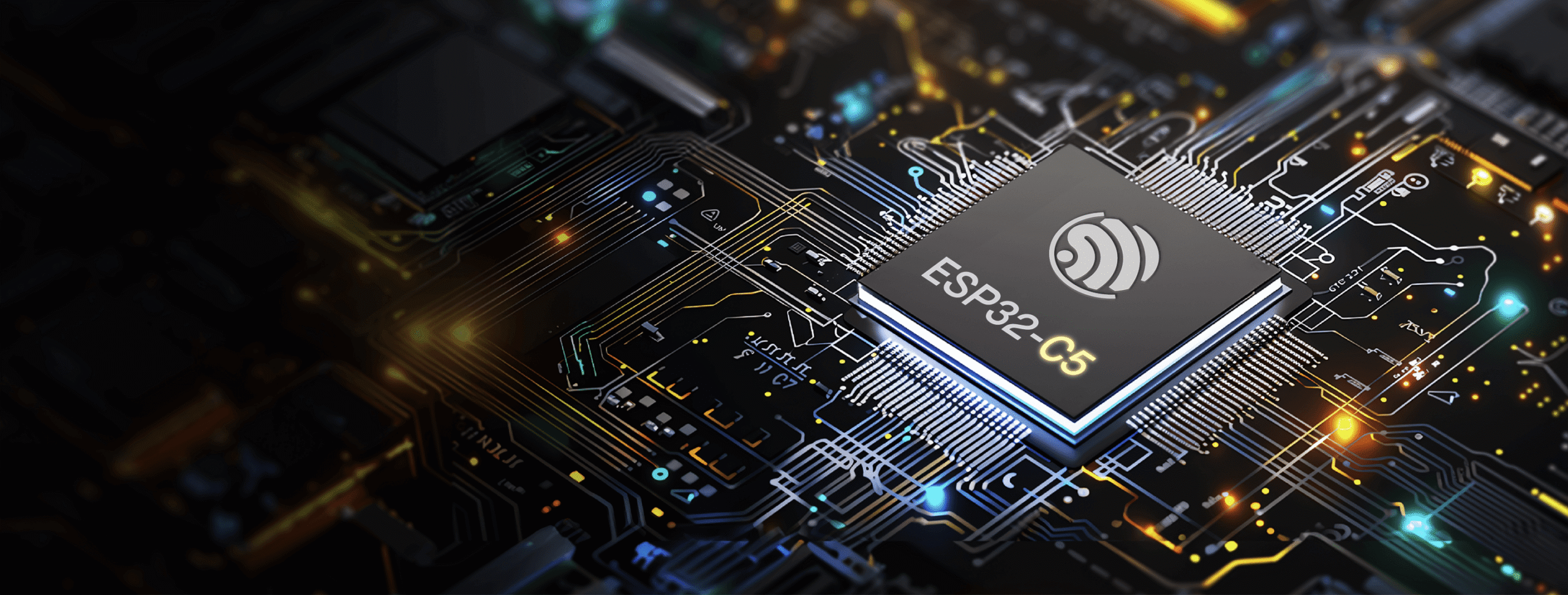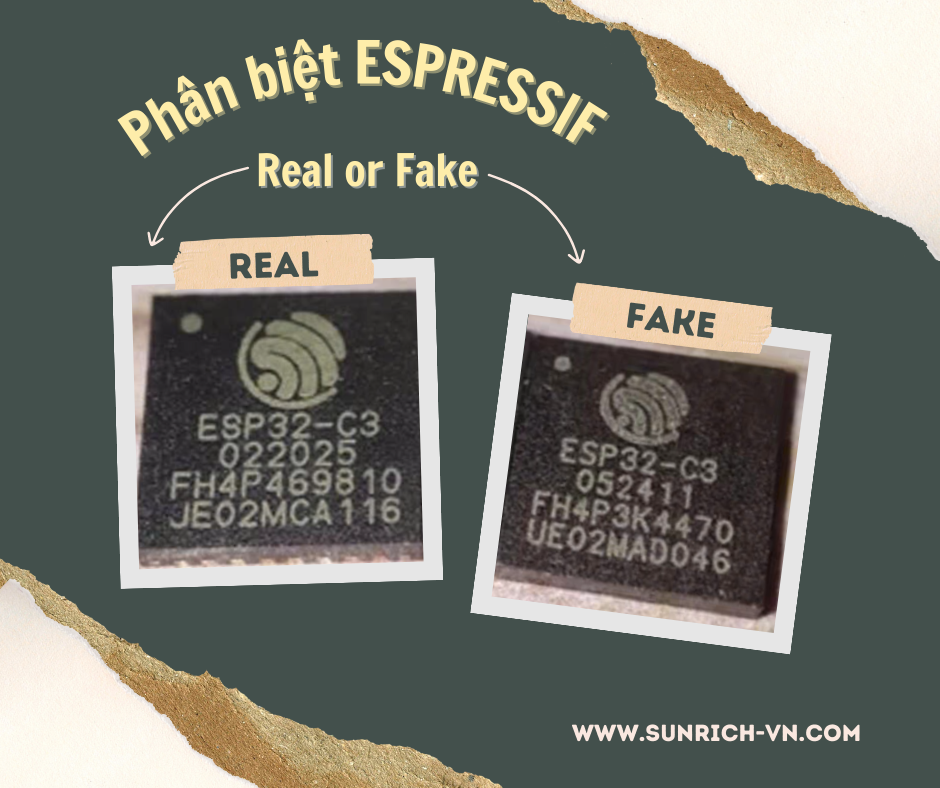IoT – A Technical Perspective Rarely Discussed
When people think of the Internet of Things (IoT), they often associate it with everyday applications such as smart homes, wearables, or connected cars. Yet, behind these conveniences lies a sophisticated technological foundation where hardware, software, and network infrastructure converge to enable the true potential of IoT.
Below are several key technical aspects that are essential to IoT development but are rarely addressed in general discussions:
🔄 OTA – Remote Updates as the Backbone of Large-Scale IoT
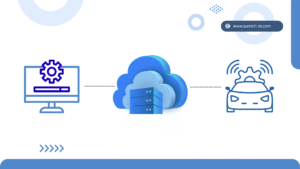
For systems with thousands of devices deployed across different environments, manual updates are impractical. Over-The-Air Update (OTA) provides:
-
Remote firmware updates that are secure and non-disruptive.
-
Rollback capability to restore stability in case of failure.
-
Swift deployment of security patches across the entire network.
🛡️ Security at the Core – Starting from the Microcontroller
IoT security must begin at the device level, not only in the cloud. This includes:
-
Secure Boot, ensuring only trusted firmware is executed.
-
Flash Encryption, protecting data stored within the MCU.
-
Hardware-accelerated TLS/SSL, enhancing both performance and data security.
Platforms such as ESP32, STM32, and Nordic nRF series integrate these safeguards to prevent vulnerabilities at the hardware root.
📡 Mesh Networking – Connectivity Beyond the Internet

Image: Science Direct
In areas with limited infrastructure—such as agriculture, mining, or remote regions—Mesh Networking becomes indispensable:
-
Devices communicate directly without relying on a central router.
-
The network self-heals to maintain operation if nodes fail.
-
Supported by ESP32 through both Wi-Fi Mesh and Bluetooth Mesh, enabling applications from smart lighting to environmental monitoring.
🧠 Edge AI – Intelligence at the Device Level
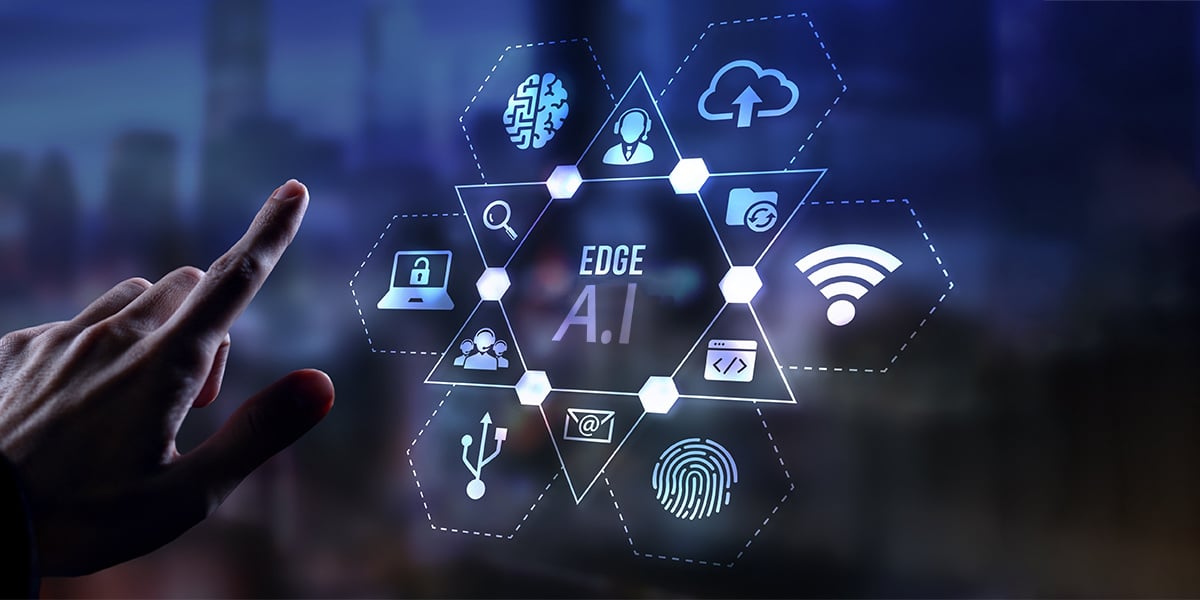
Image: MediaTek
Instead of sending all raw data to the cloud, Edge AI processes information locally on the device:
-
IoT cameras can analyze motion and detect anomalies instantly.
-
Industrial sensors predict equipment failure in real time.
-
Wearable health devices generate alerts without continuous internet access.
This approach reduces latency, optimizes bandwidth usage, and enhances data privacy.
🚀 IoT – The Convergence of Multiple Disciplines
IoT development extends beyond writing firmware. It requires a multi-disciplinary approach that brings together:
-
Microcontroller optimization,
-
Reliable network architecture,
-
End-to-end security,
-
Data processing and artificial intelligence.
For this reason, IoT is often seen as the gateway to the era of AI + ubiquitous connectivity, where devices evolve into intelligent, adaptive systems.
🌐 Conclusion
IoT is no longer about simple connectivity. It has grown into an intelligent infrastructure for the digital future. With powerful platforms like ESP32, IoT enables smarter, safer, and more efficient solutions—enhancing the way we work, learn, and live.
📌 At Sunrich, we are proud to bring advanced IoT solutions closer to our partners and customers in Vietnam.
#IoT #EdgeAI #MeshNetwork #SecureIoT #ESP32 #FutureTech #Sunrich
